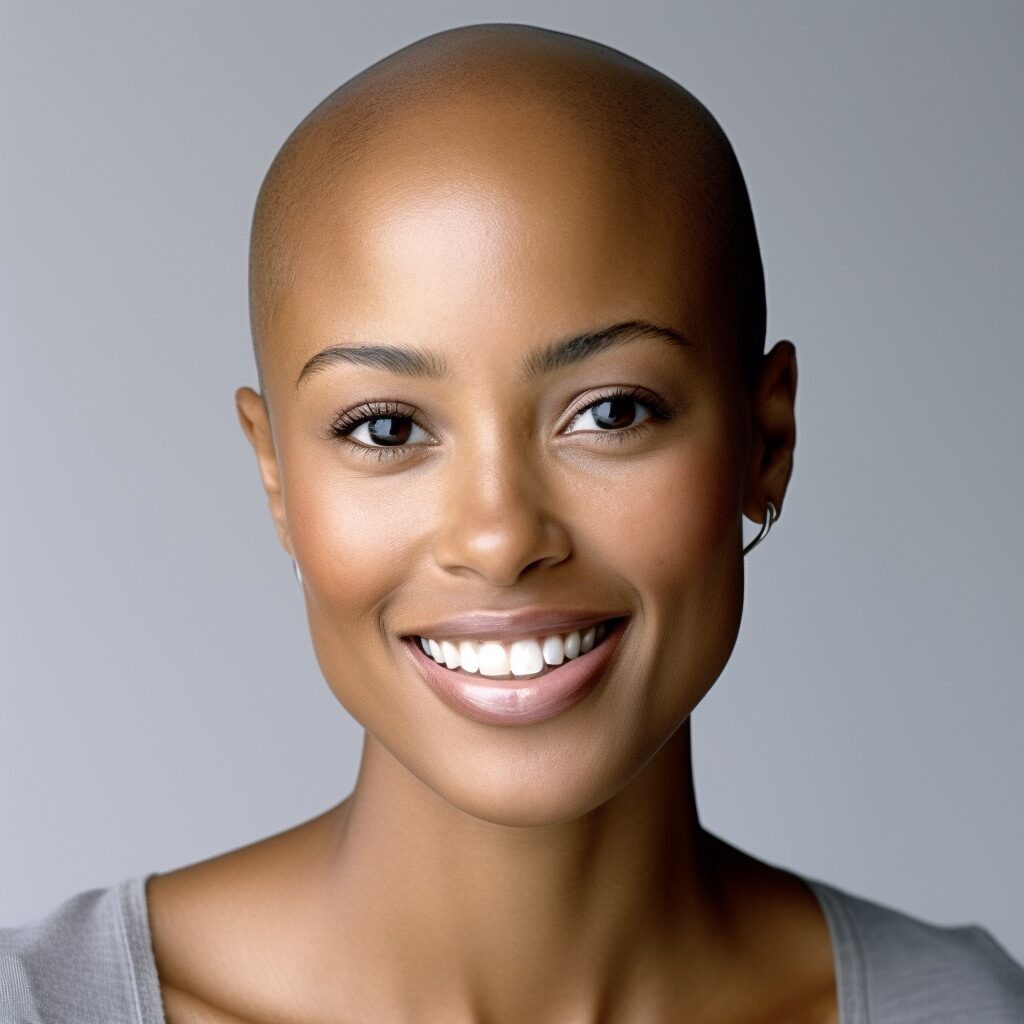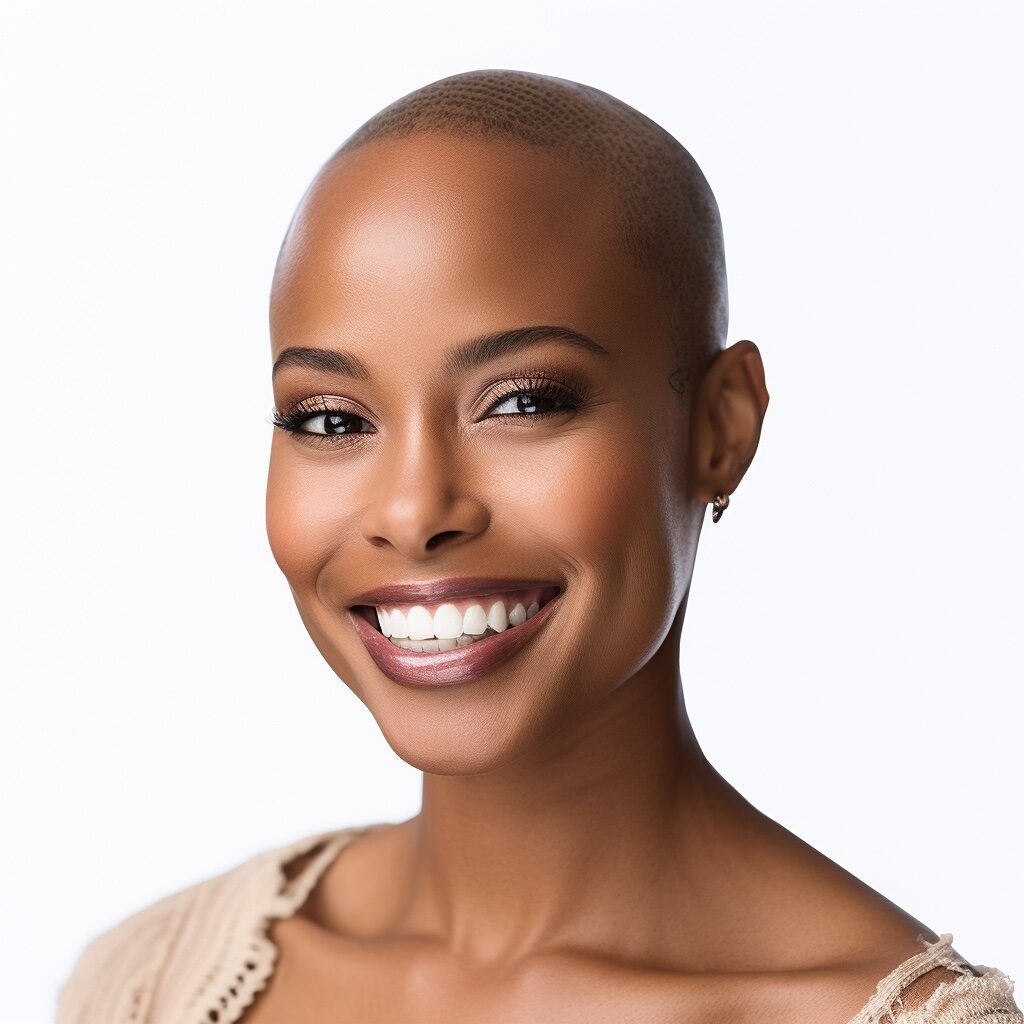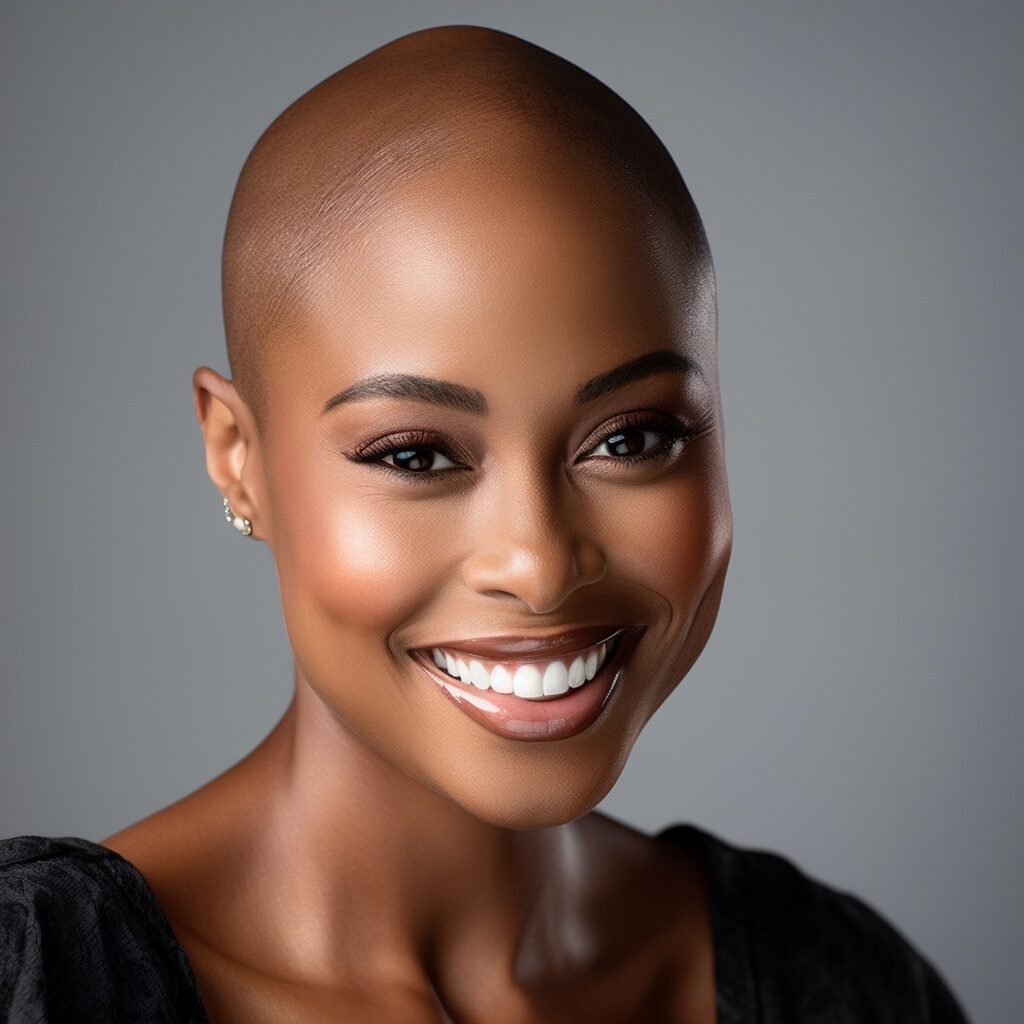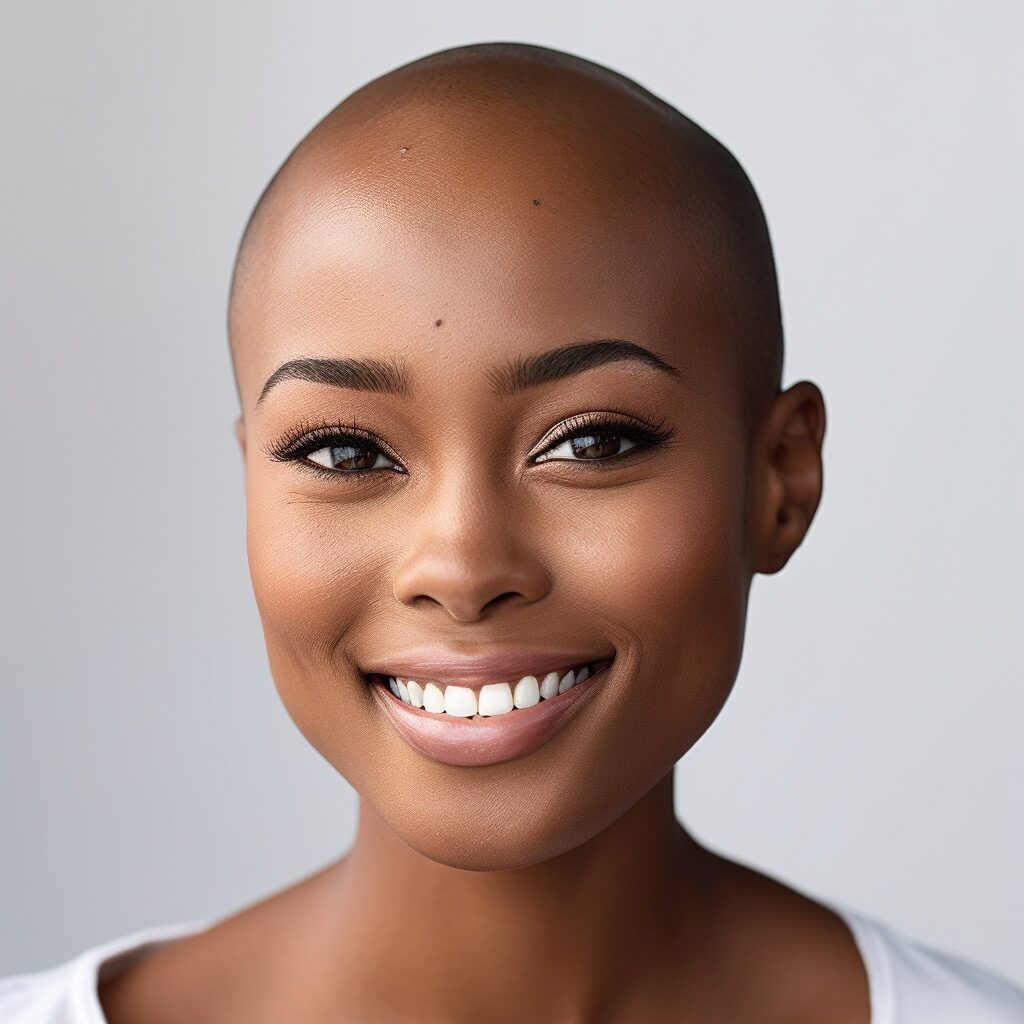Alopecia FAQs:
What is alopecia?
Alopecia is a medical condition characterized by the loss of hair from the scalp or other parts of the body. It can occur in various forms, including alopecia areata (patchy hair loss), alopecia totalis (complete hair loss on the scalp), and alopecia universalis (total loss of all body hair).
What causes alopecia?
The exact cause of alopecia is not fully understood, but it is believed to be an autoimmune condition where the body’s immune system mistakenly attacks the hair follicles. Genetic factors, hormonal imbalances, and environmental triggers may also play a role in the development of alopecia.
Is there a cure for alopecia?
Currently, there is no known cure for alopecia. However, treatments such as medications, topical creams, corticosteroid injections, and hair transplantation procedures may help to manage the condition and promote hair regrowth in some cases. It is important to consult with a healthcare professional to determine the most suitable treatment options.
Can alopecia be prevented?
Prevention of alopecia is not always possible since the underlying causes are not always clear. However, maintaining a healthy lifestyle, managing stress levels, and avoiding harsh hair treatments or styling practices may help to promote overall hair health and minimize the risk of hair loss.
How does alopecia affect a person emotionally?
Alopecia can have a significant emotional impact on individuals as it may affect their self-esteem, body image, and overall well-being. It is important to provide support and understanding to individuals with alopecia, as they may benefit from counseling, support groups, and resources to cope with the emotional challenges associated with hair loss.
Alopecia has been recognized for centuries, with references to hair loss found in ancient texts. Throughout history, various cultural and medical beliefs have surrounded the condition, often leading to stigmatization and misunderstandings. Today, awareness and advocacy efforts are helping to educate the public and promote acceptance and support for individuals living with alopecia.
Products Needed:
- Depending on the specific treatment chosen, products such as medications, topical creams, or specialized hair care products may be recommended by a healthcare professional.
Tutorial:
As alopecia is a medical condition, there is no specific tutorial for hairstyling. However, individuals with alopecia can explore different options to manage their hair, such as:
- Wearing headscarves, hats, or wigs to enhance their appearance and protect the scalp.
- Embracing a bald or partially bald look and celebrating their natural beauty.
- Experimenting with alternative hair accessories, such as headbands, turbans, or decorative hair clips, to add a personal touch to their style.
- Consulting with a professional hairstylist experienced in working with individuals with hair loss to explore creative options and find a hairstyle that suits their preferences and comfort.
It is important to prioritize self-care and seek support from healthcare professionals, dermatologists, and support groups specializing in hair loss and alopecia to address any concerns and find personalized solutions.
Remember, hair loss does not define one’s beauty or worth. Embrace your unique journey, explore different styles and accessories, and focus on your overall well-being and self-confidence.




